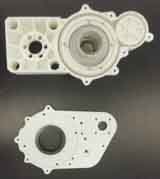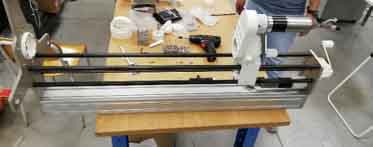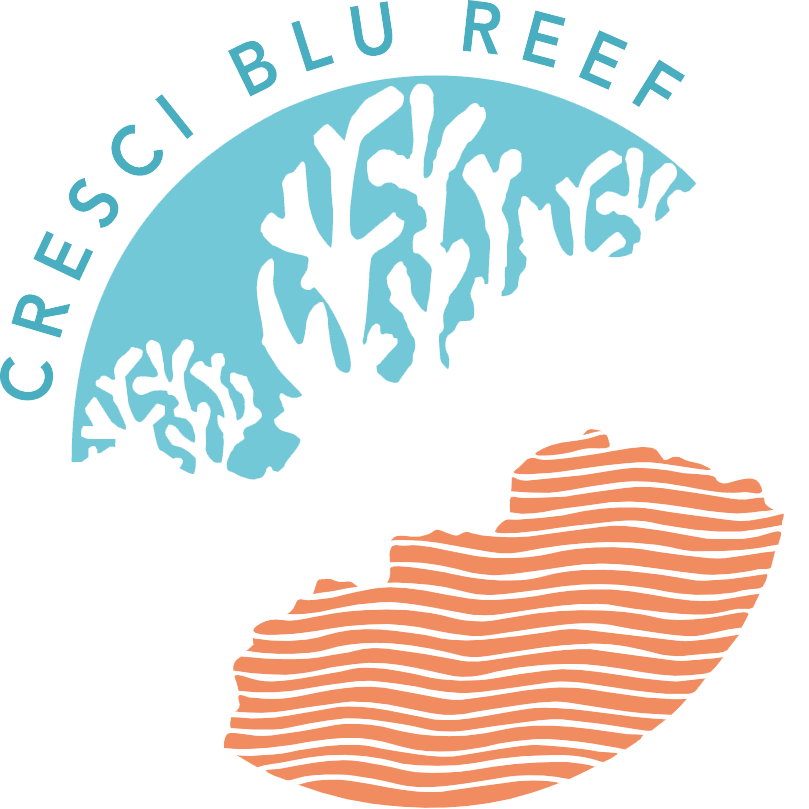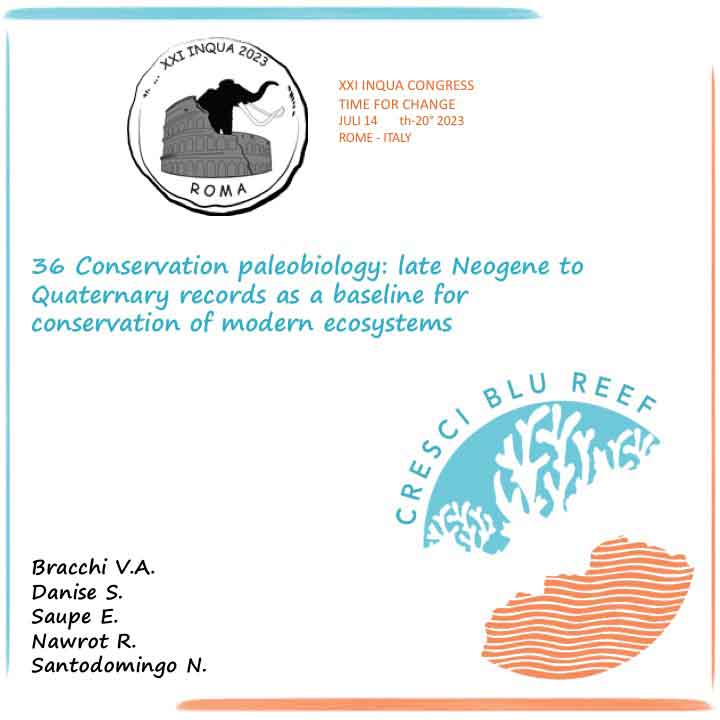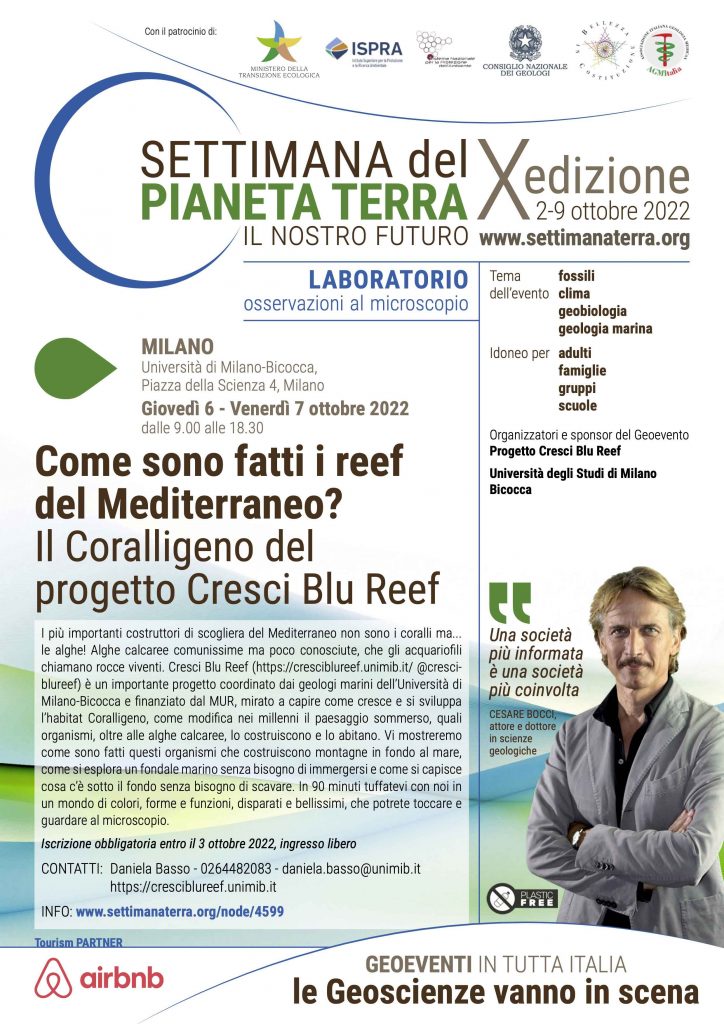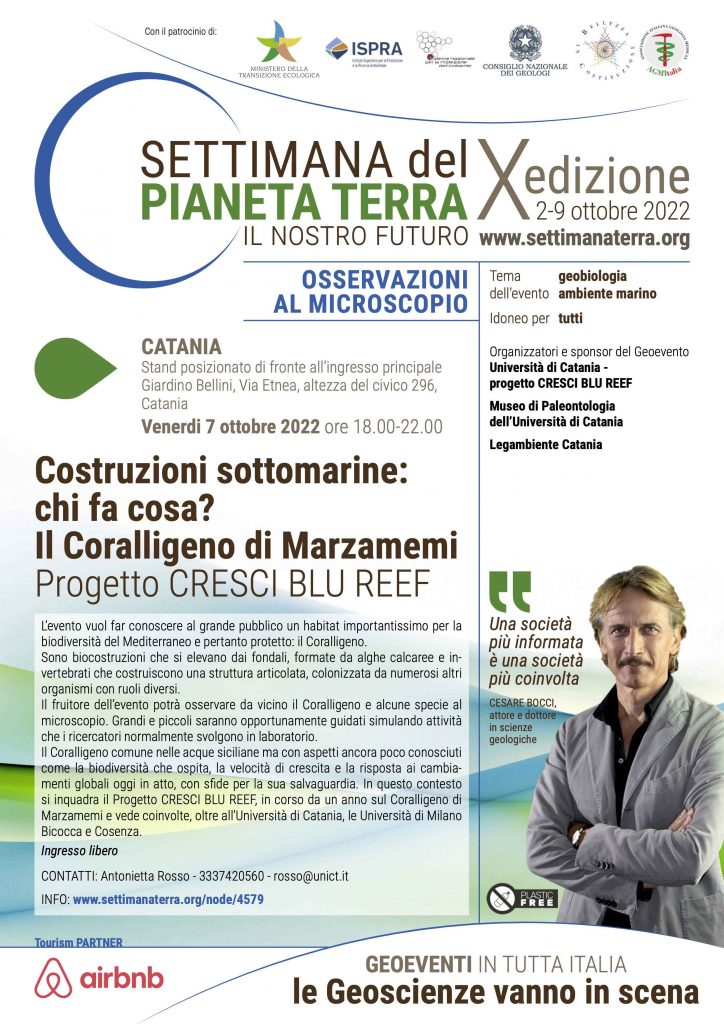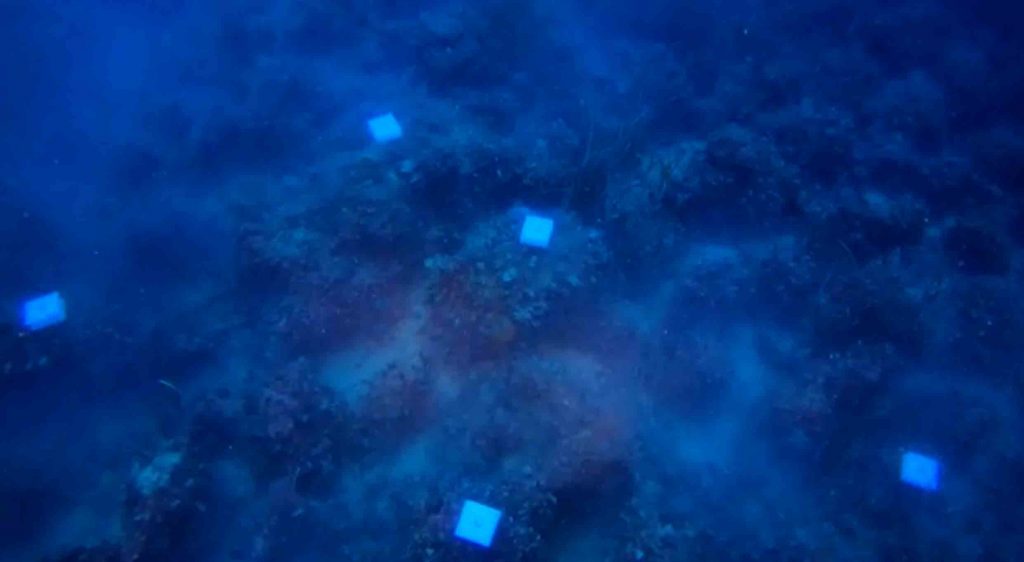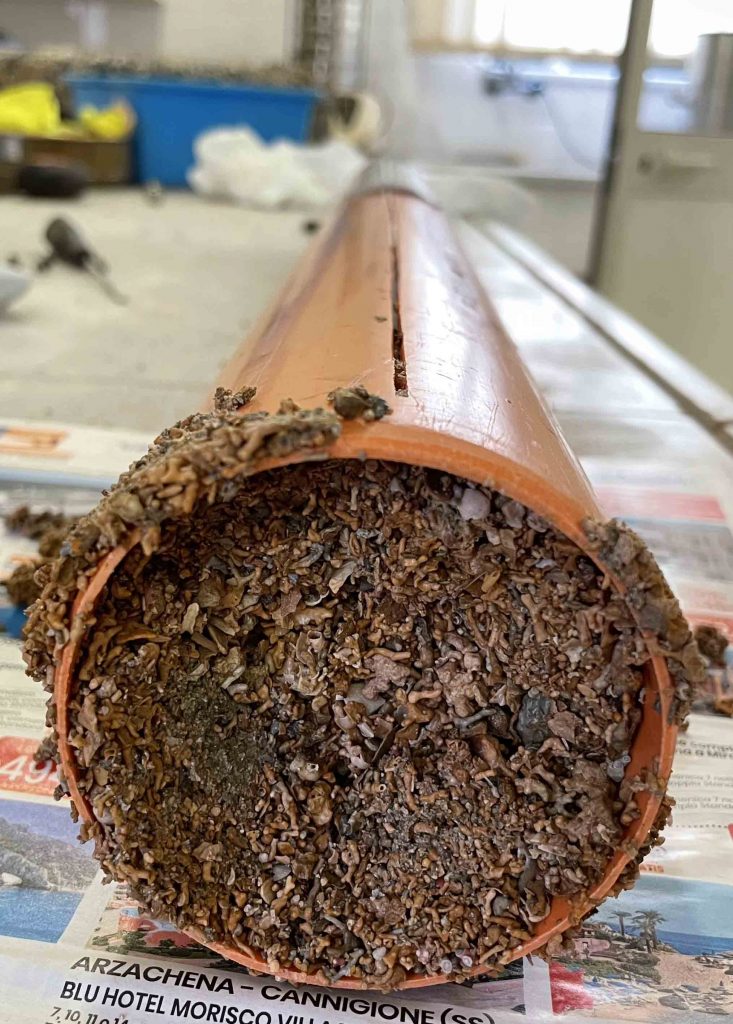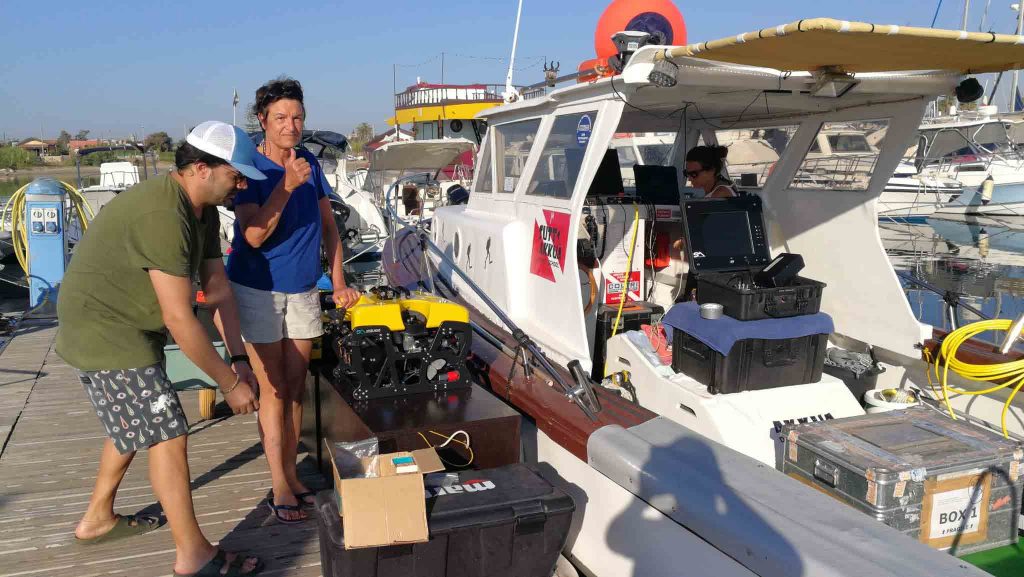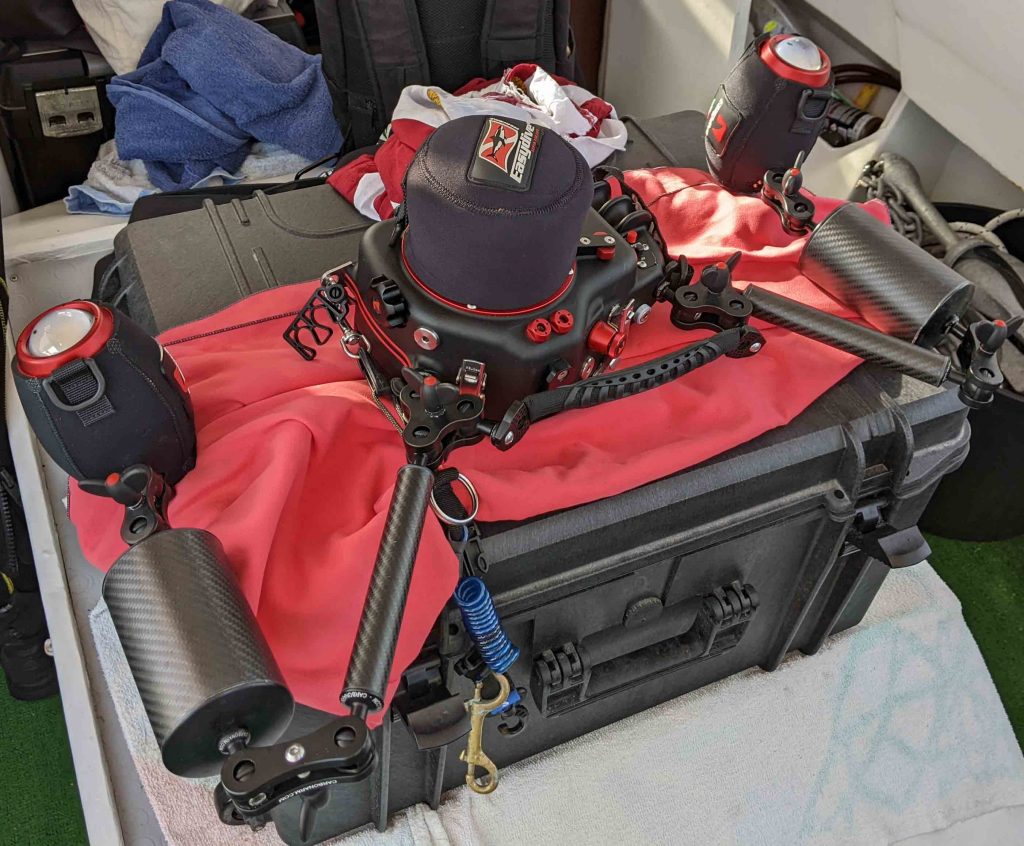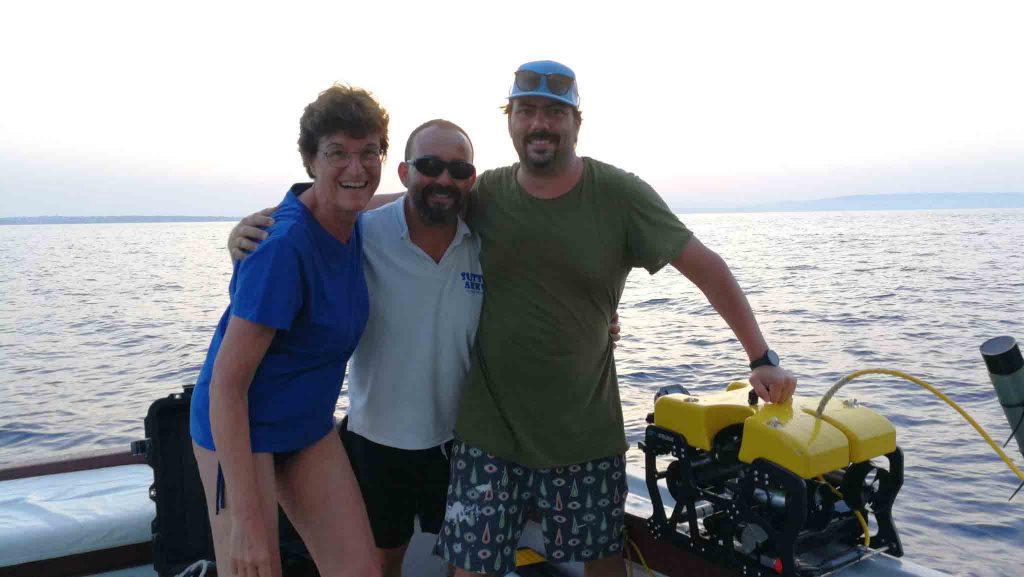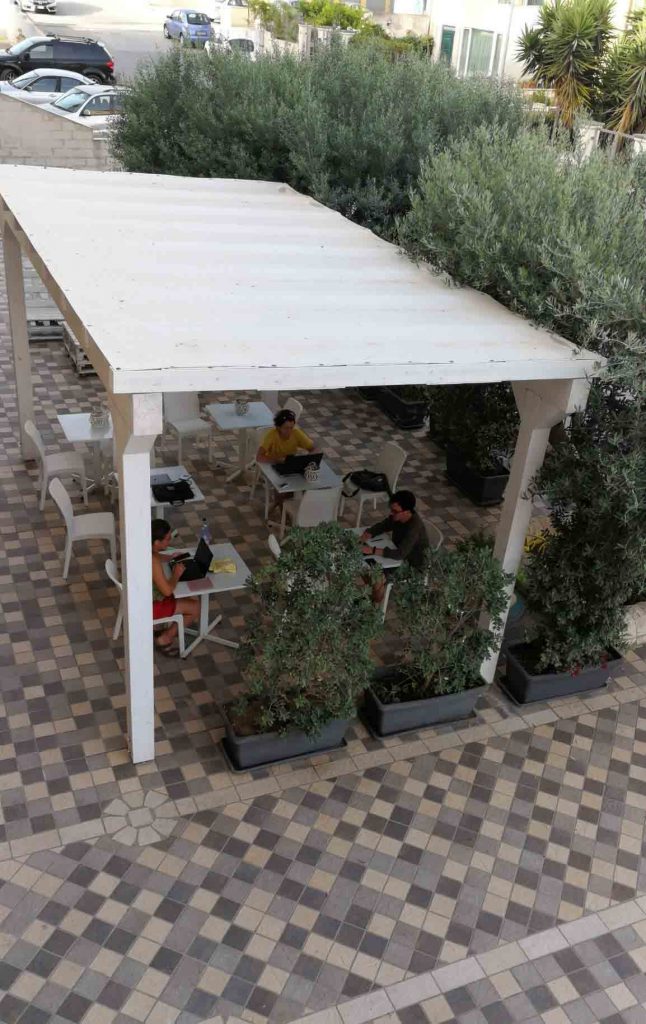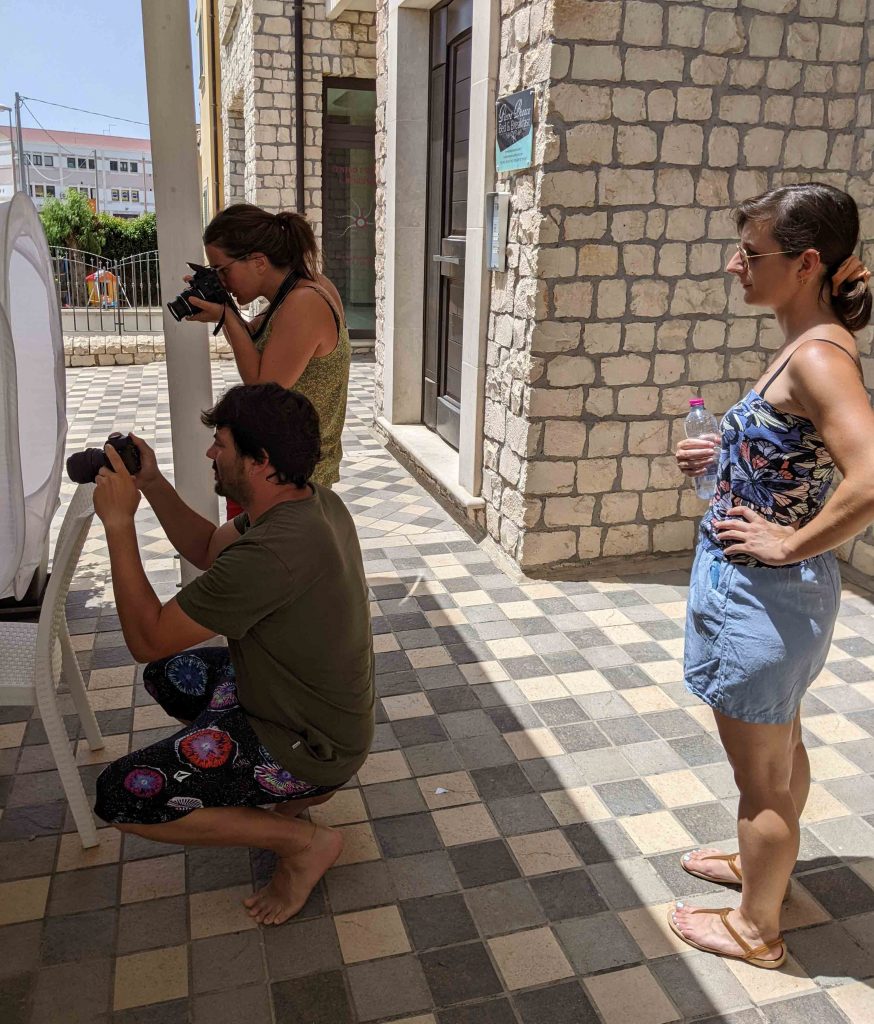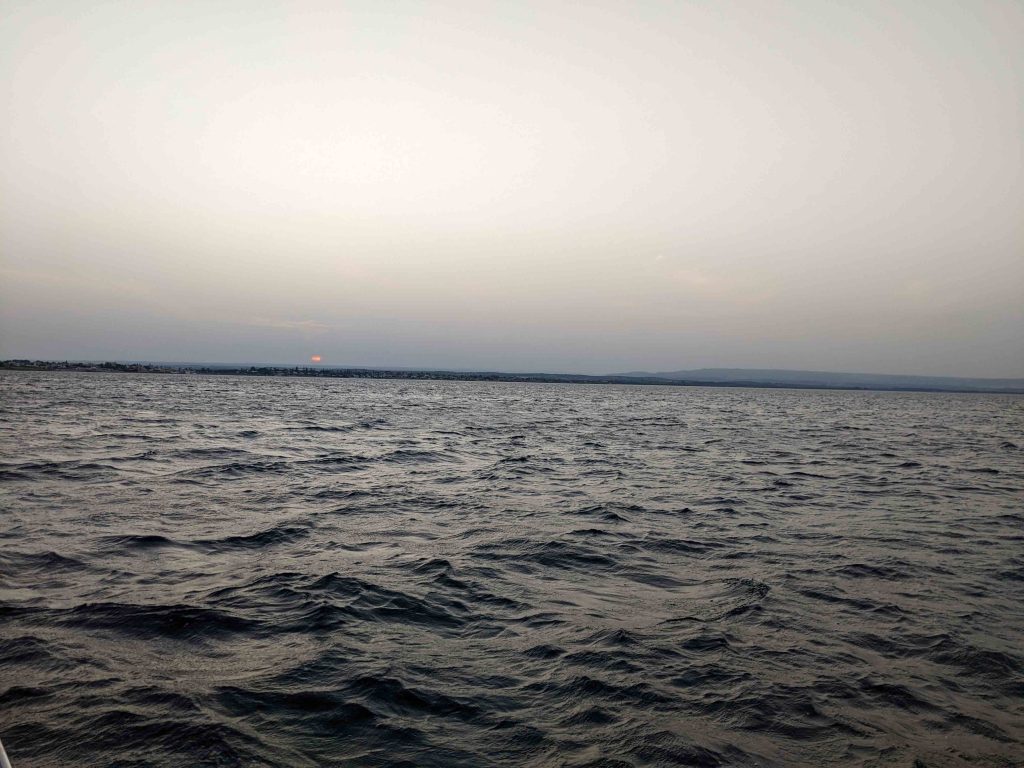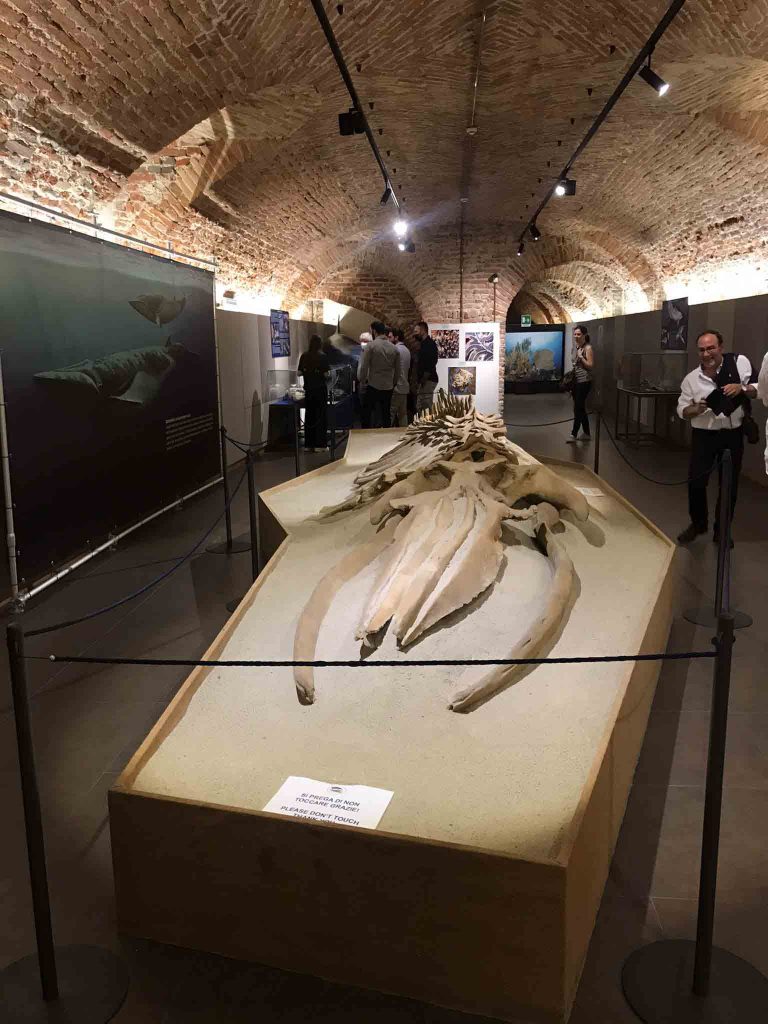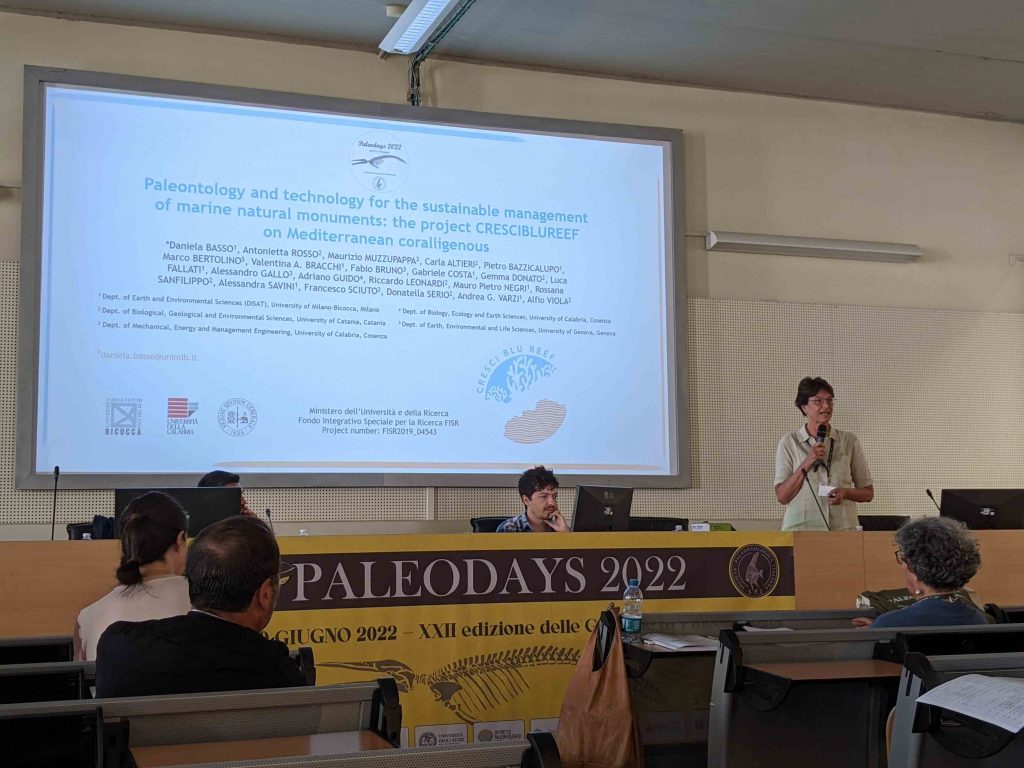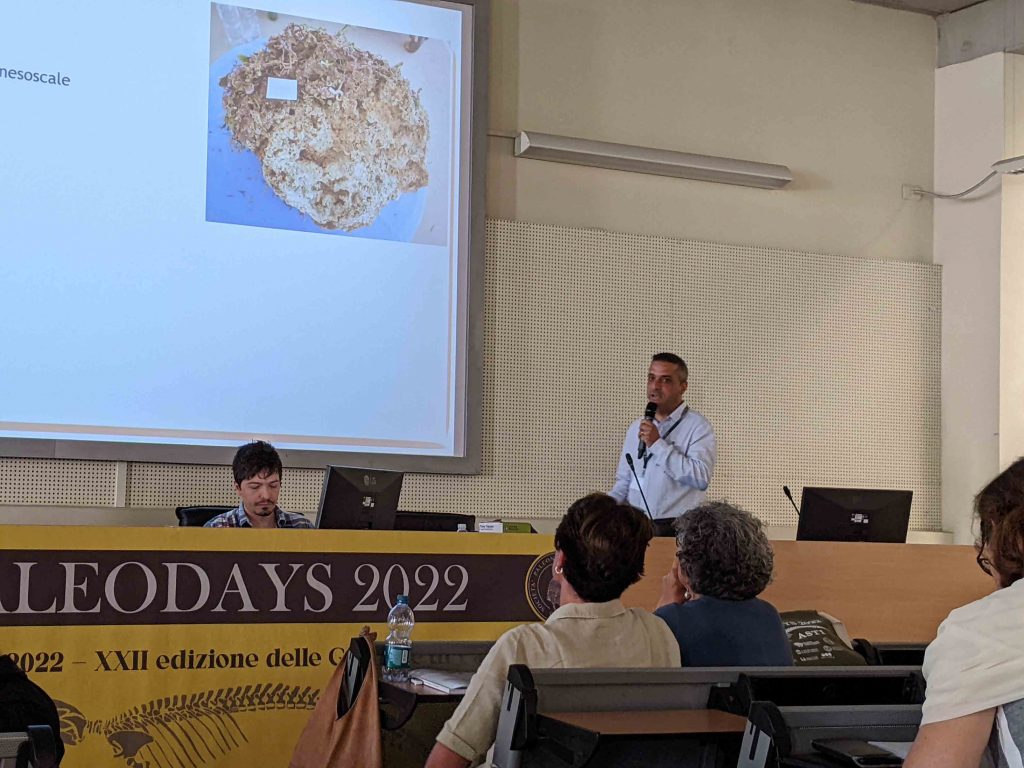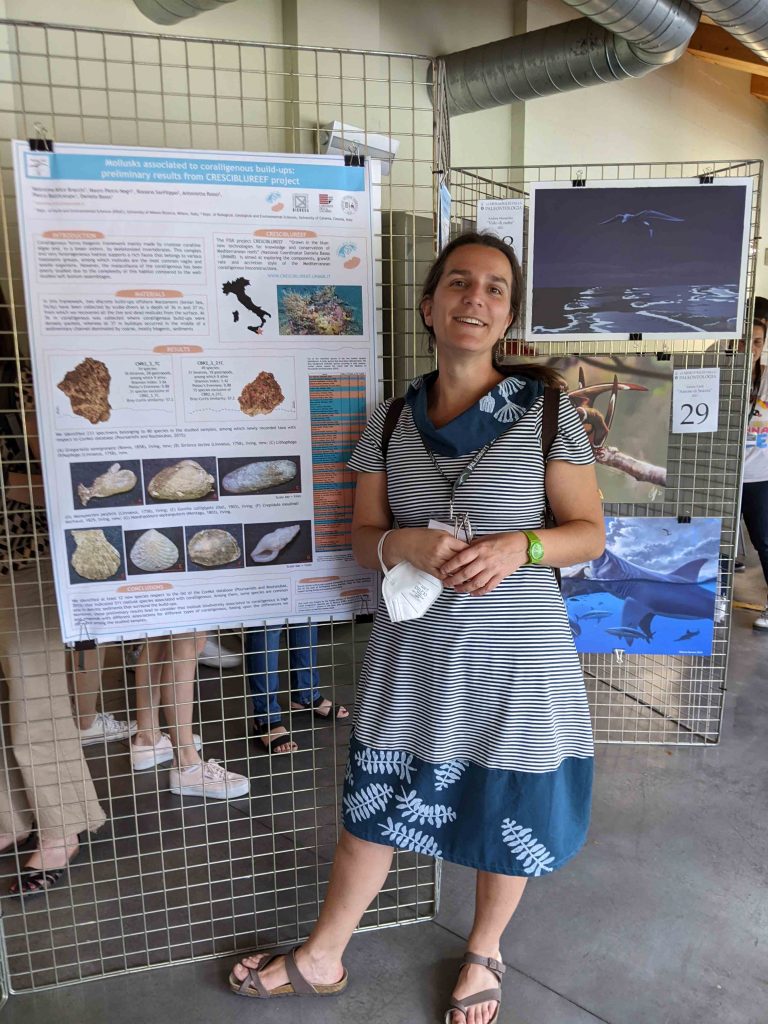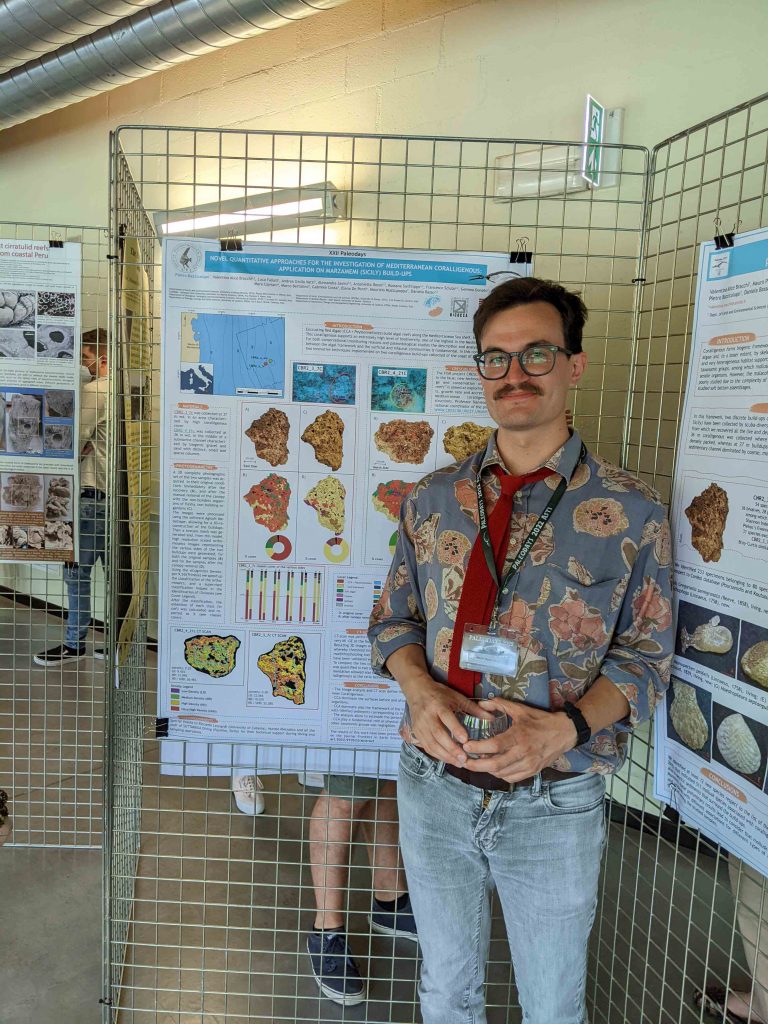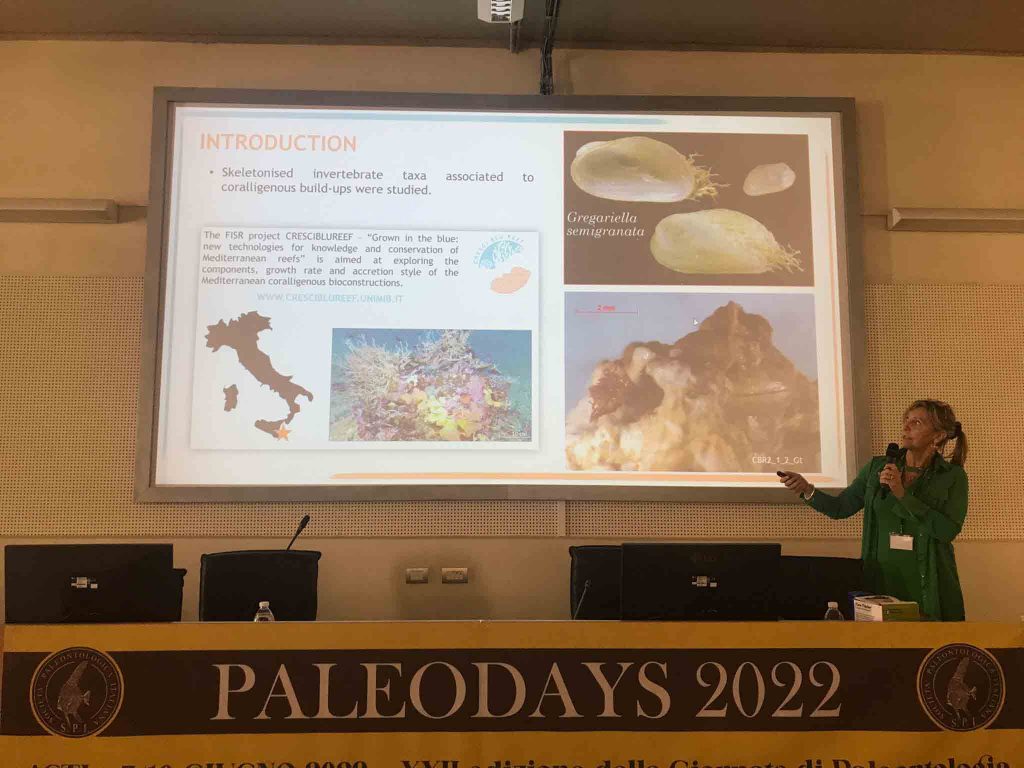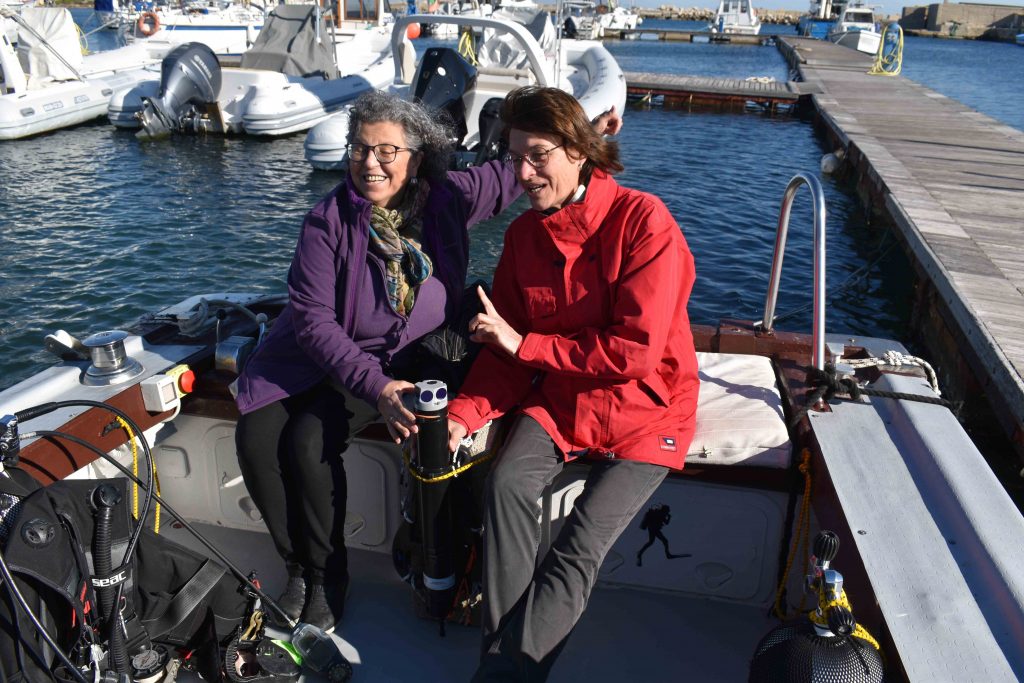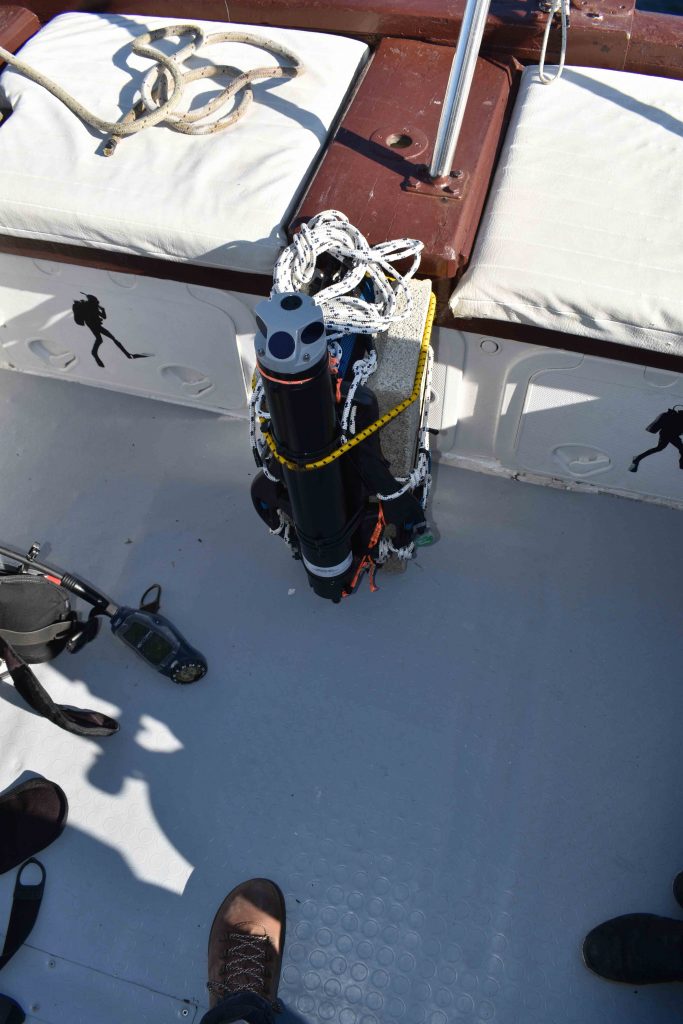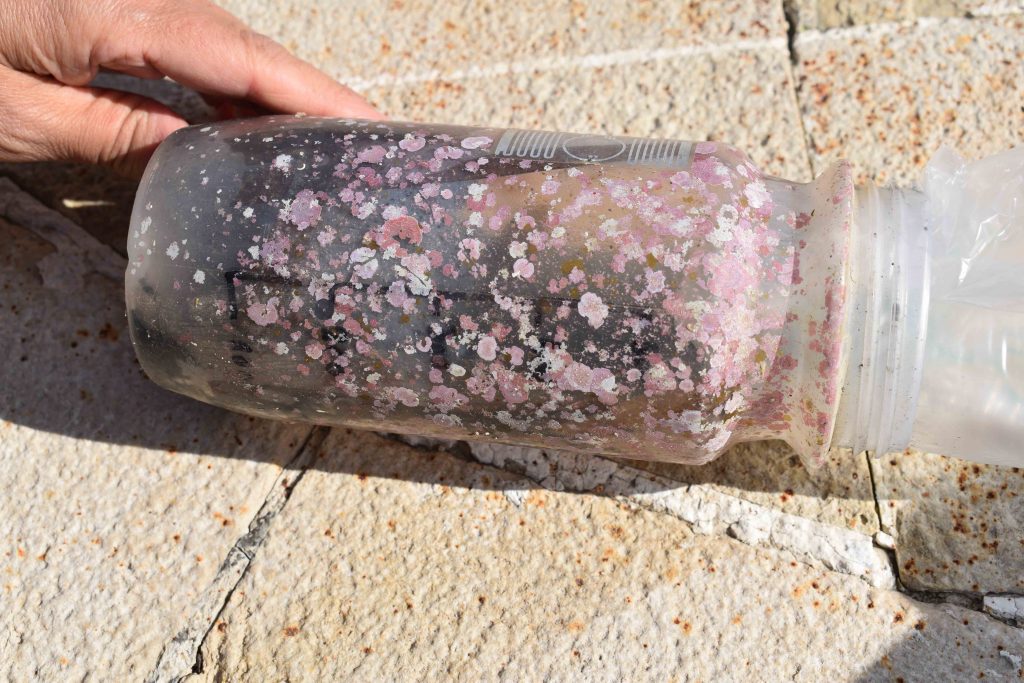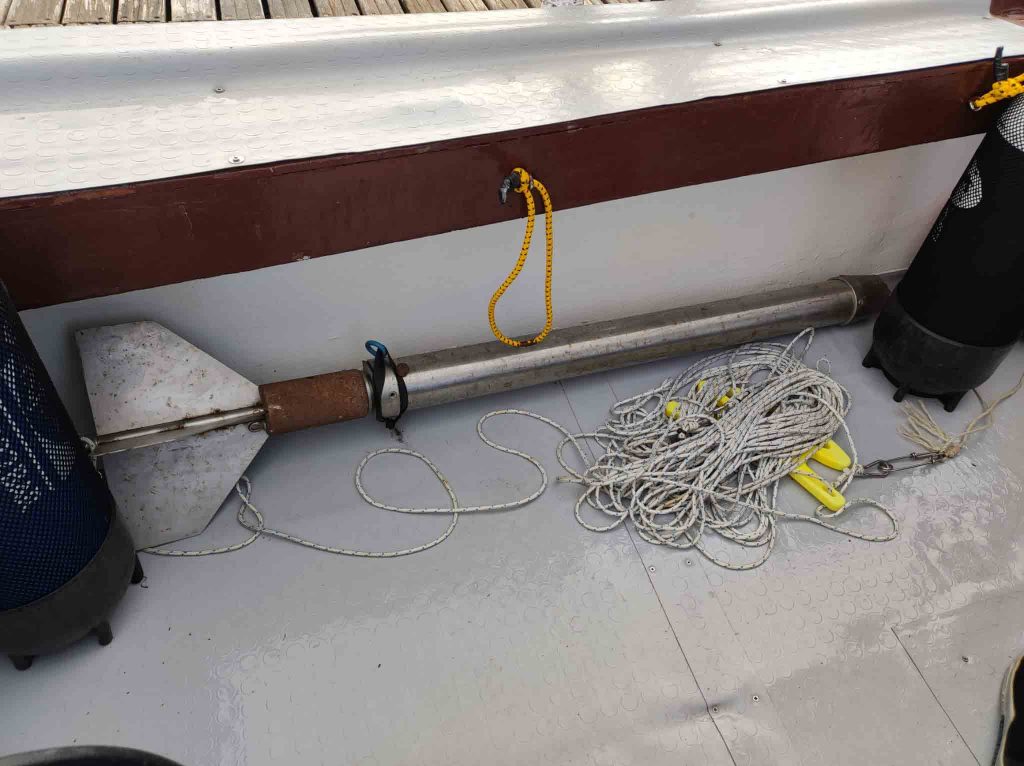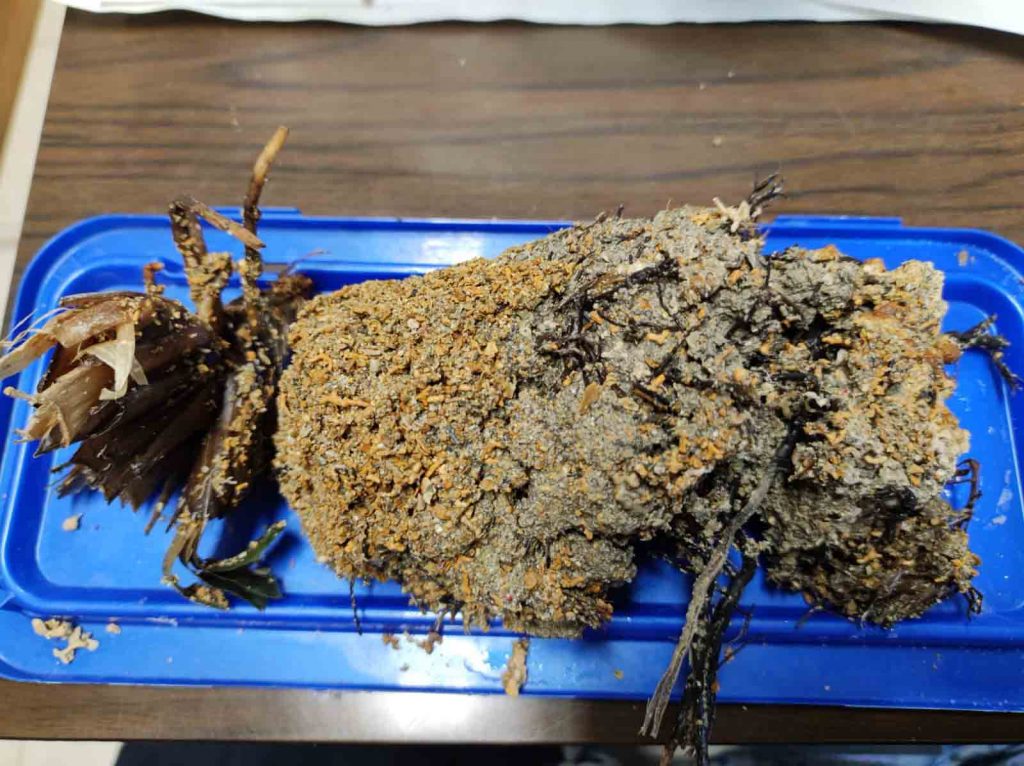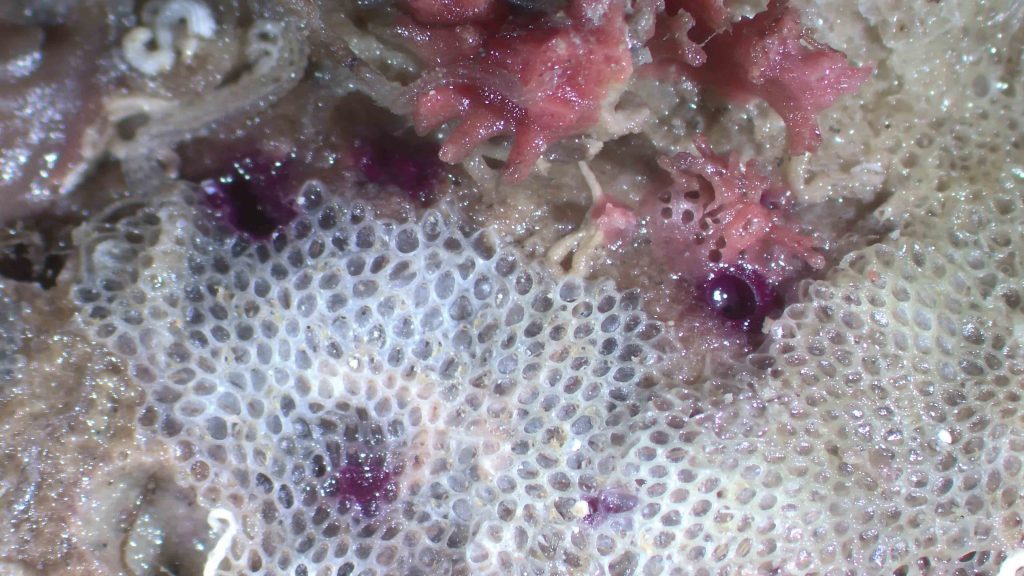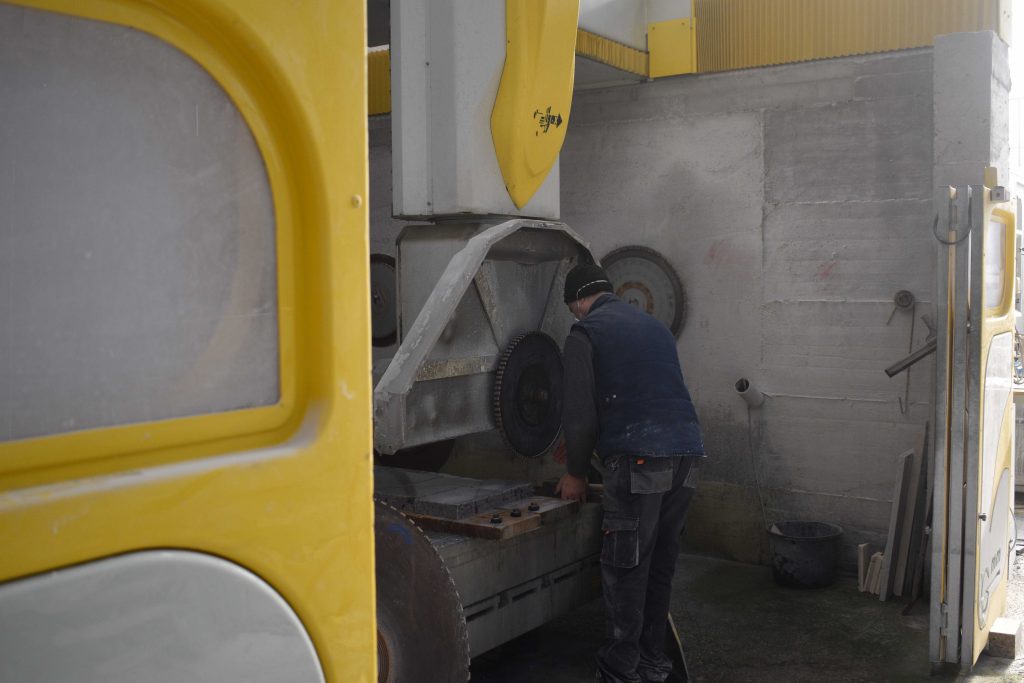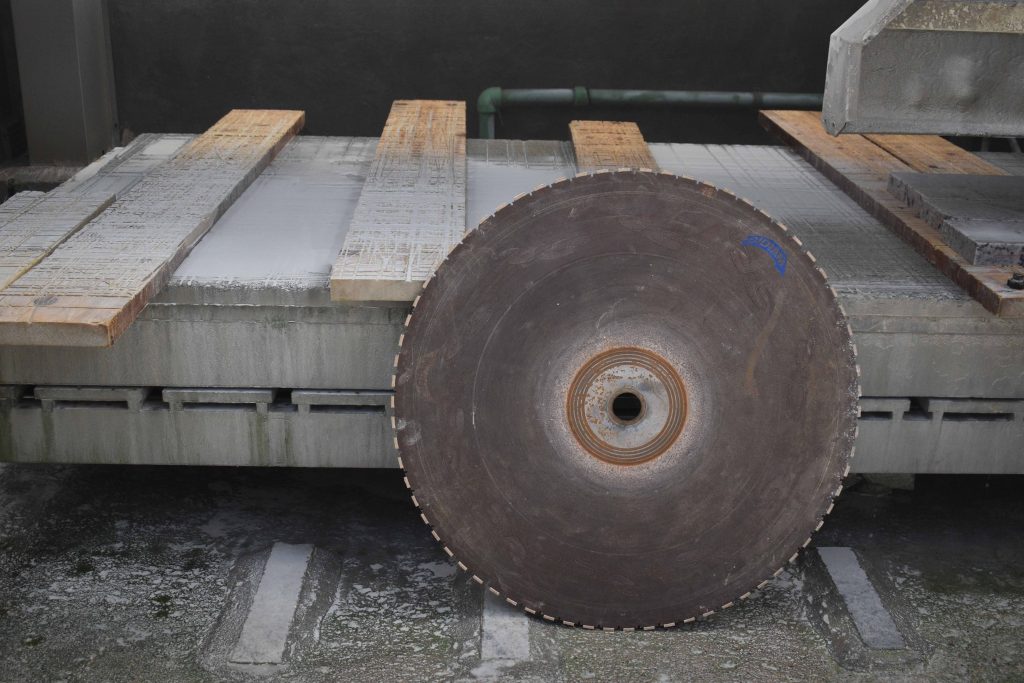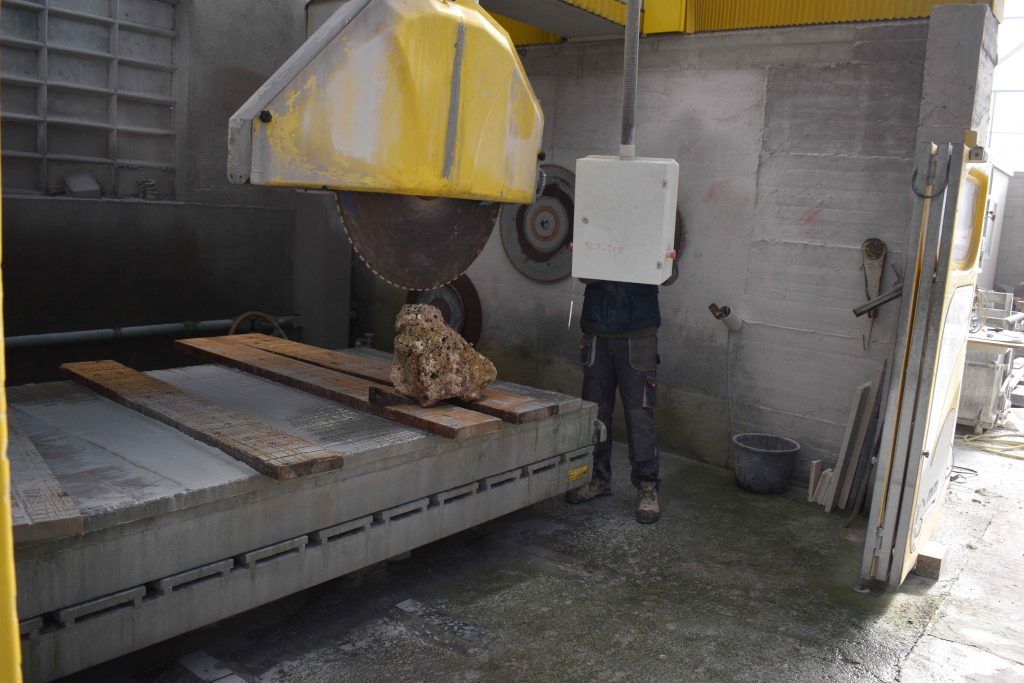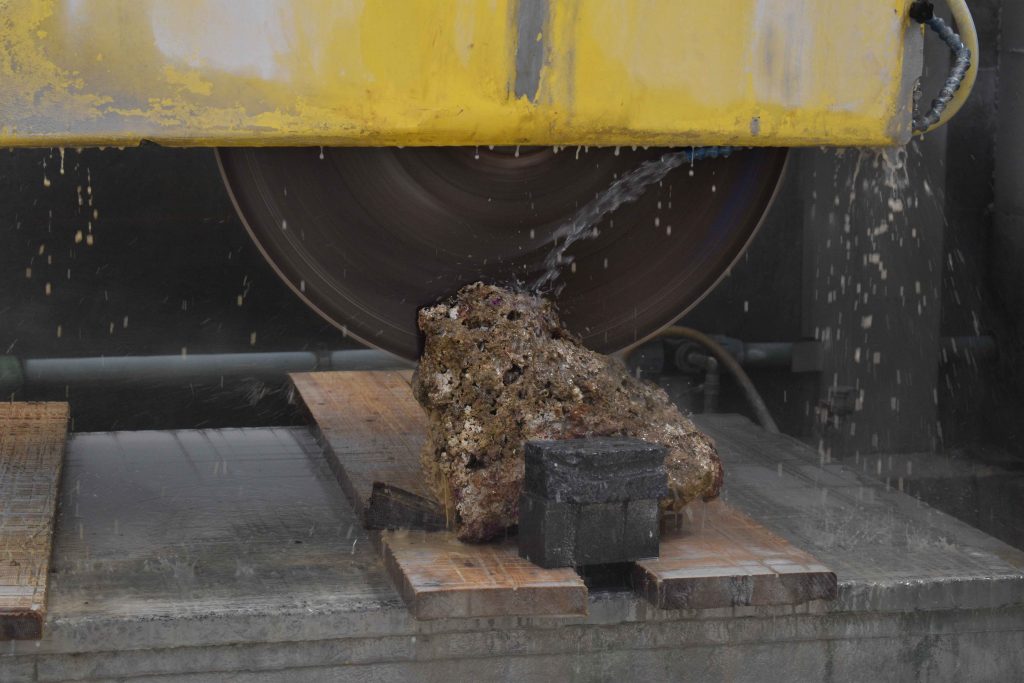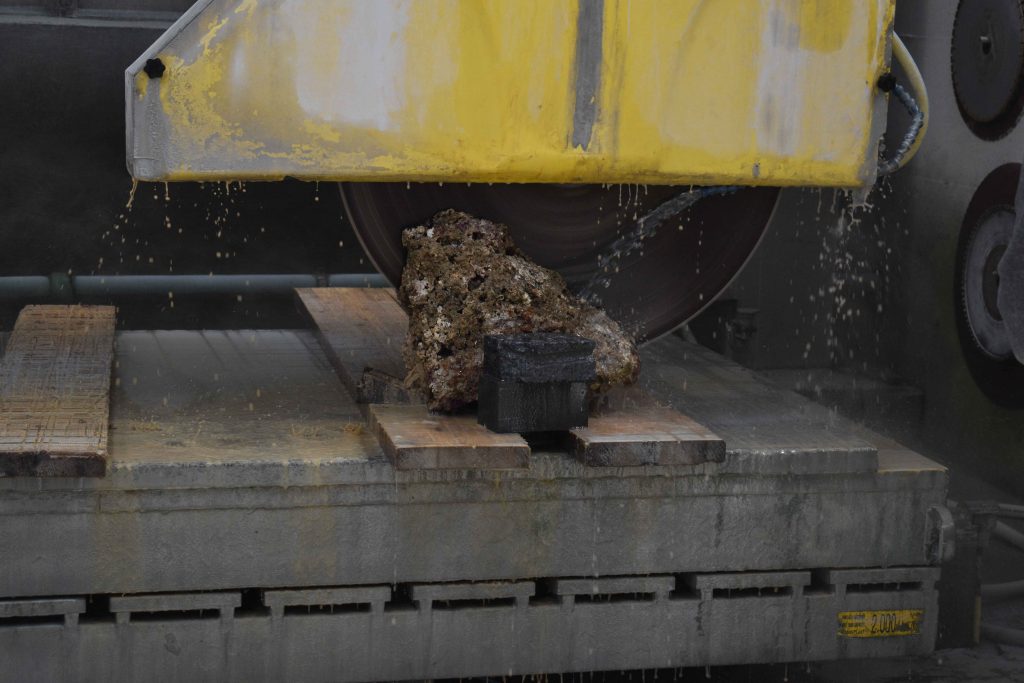On the 7th of June we had the pleasure to receive the visit of Maria Cristina Messa, Minister of University and Research, and Giovanna Iannantuoni, rector of University of Milano-Bicocca.
Guests had the opportunity to see Unical research facilities, in particular the STAR research infrastructure: a huge hangar hosting a linear accelerator that produces an electron beam of high peak current and high brightness used to generate X-ray beams. The high penetrating power of these radiation will allow the investigation of materials and devices through the acquisition of 3D tomographies providing for the first time the possibility of carrying out such analyzes on massive samples and/or heavy elements.
During the visit, Professor Maurizio Muzzupappa introduced the visitors to our first coral reef corer prototype. Its plastic components were 3d printed via Selective Laser Sintering and Multi Jet Fusion technology, while a 5-axis CNC machining centre was used to mill the metallic parts. Also, there are 3 electric brushless motors that will be easily controlled by a custom designed app on a waterproof tablet. In the next weeks we are going to run a series of laboratory tests on the underwater corer before allowing it to meet its favourite “meal”: the Coralligenous reef.

